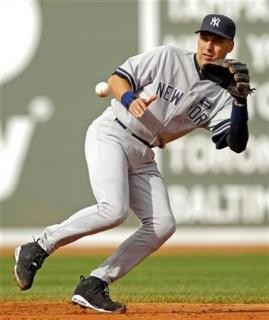Steal This Drill: Dynamic Cross-Courts
 Wednesday, June 27, 2012 at 02:19AM
Wednesday, June 27, 2012 at 02:19AM  CAtennis
CAtennis  Next time you're drilling with your practice partner and s/he suggests doing cross-courts, throw this dynamic drill into the mix. In this drill, player One (red) hits 2 cross-courts and the third shot down-the-line. Player Two (blue) hits only cross-court.
Next time you're drilling with your practice partner and s/he suggests doing cross-courts, throw this dynamic drill into the mix. In this drill, player One (red) hits 2 cross-courts and the third shot down-the-line. Player Two (blue) hits only cross-court.
The benefits of this drill include not only learning to change the direction of the ball but also working on consistency and rhythm. Because the game of tennis is not static, a drill where players are static (i.e. basic cross courts) is not as ueful as one where players move the ball around and learn how to control the ball from various court positions and to generate angles while on the move.
Incorporating this drill into your workouts is also important because, many times, this is exactly how points are constructed: you push the opponent, with 1-2-3 cross-court shots, into a corner and then flatten out the ball down the line. However, the foundation for this drill comes from control, feel, footwork and repetition in motion.
To work on more consistency, consider changing the direction of the ball after more cross-courts: e.g. 4 or 5. Another variation is for the players to not have a strict pattern but for one of the players (or coach) to yell "switch" before one player changes the direction of the ball. In addition, the players can do ths drill down the line and change direction cross court. Similar to other drills discussed here, the players can also start the drill off with a serve or play points. Master this drill and you will be more confident that you can put any shot on your side of the court into any place on your opponent's side of the court ("from anywhere to anywhere").


